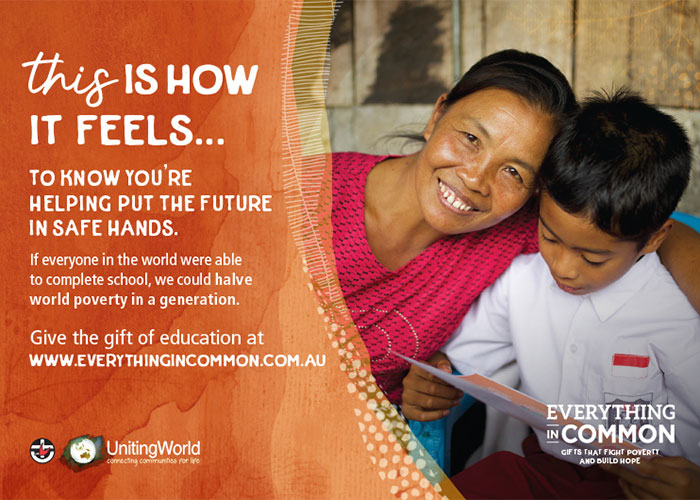Rather than talking about developers selling off 70 per cent of a development on the private market to build 30 per cent of the development for public housing, the government dresses up the economics and politics of public housing redevelopment in the respectable garb of social mix.
If we were really having a discussion about social mix in Sydney we would not just be talking about it in relation to public housing renewal, we would be seriously discussing affordable housing. We would be asking how those who work in the city can also live in it. We would be asking how we can increase the amount of social housing to address the growing waiting list. We would be looking to house the homeless and provide appropriate housing, and the services they need, for people with high needs. We would not be selling off public housing in the inner city or deciding that some places like Miller’s Point are too good for public tenants.
If we are really concerned about social mix, where are the programs to move poor people into rich suburbs? In the USA such projects have shown some positive outcomes. As my son put it in a recent meeting with UrbanGrowth: “What about social mix in Double Bay, mate?”
But there is no discussion about these issues. Social mix is just the latest mantra.
In fact, our social housing estates are very socially mixed with people from many backgrounds, nationalities and religions living side by side supporting one another. This social cohesion is under threat from the redevelopment proposals. If people are moved out they will lose their homes, their support networks and their community.
When public housing started it was affordable housing. You had to have a stable job to pay the rent and you had to have your current house inspected to show you could look after a government property.
Today we have a growing concentration of people with high needs in public housing, not because of some natural phenomena, but because government policy decides to allocate this housing to people with higher and higher needs without adequate support, rather than build more housing stock to maintain the earlier system.
The concentration government says it wants to mix is entirely of its own policy-making.
Finally, government is talking tenure mix, which does not necessarily lead to social mix. In a Melbourne redevelopment the public housing was separated by a wall from the private housing with its private green space. If one building has its own facilities and the other does not, where will the mix occur? Statistically everything will look better, but will there be a functional mixed community?
What needs to happen to create social mix from tenure mix? How do we get resources committed upfront so social mix actually results?
To do this we need a discussion about the complexities of social mix not a continual repetition of the current mantra.




